Researchers:
Lara A. Romana, Bryant C. Scharenbrochb, Johan P.A. Östberg, Lee S. Mueller, Jason G. Henningg, Andrew K. Koeser, Jessica R. Sanders, Daniel R. Betz, Rebecca C. Jordan
Format: Research Study/Post-Test
CEUs:
ISA BCMA Science: 0 Practice: 0 Management: 1
Climber Specialist: 1
ISA Certified Arborist: 1
Utility Specialist: 1
Municipal Specialist: 1
Aerial Lift Specialist: 1
You are purchasing the post-test and CEU processing for this open source research study.
Abstract:
Citizen science has been gaining popularity in ecological research and resource management in general and in urban forestry specifically. As municipalities and nonprofits engage volunteers in tree data collection, it is critical to understand data quality. We investigated observation error by comparing street tree data collected by experts to data collected by less experienced field crews in Lombard, IL; Grand Rapids, MI; Philadelphia, PA; and Malmö, Sweden. Participants occasionally missed trees (1.2%) or counted extra trees (1.0%). Participants were approximately 90% consistent with experts for site type, land use, dieback, and genus identification. Within correct genera, participants recorded species consistent with experts for 84.8% of trees. Mortality status was highly consistent (99.8% of live trees correctly reported as such), however, there were few standing dead trees overall to evaluate this issue. Crown transparency and wood condition had the poorest performance and participants expressed concerns with these variables; we conclude that these variables should be dropped from future citizen science projects. In measuring diameter at breast height (DBH), participants had challenges with multi-stemmed trees. For single-stem trees, DBH measured by participants matched expert values exactly for 20.2% of trees, within 0.254 cm for 54.4%, and within 2.54 cm for 93.3%. Participants’ DBH values were slightly larger than expert DBH on average (+0.33 cm), indicating systematic bias. Volunteer data collection may be a viable option for some urban forest management and research needs, particularly if genus-level identification and DBH at coarse precision are acceptable. To promote greater consistency among field crews, we suggest techniques to encourage consistent population counts, using simplermethods formulti-stemmed trees, providingmore resources for species identification, and more photo examples for other variables. Citizen science urban forest inventory and monitoring projects should use data validation and quality assurance procedures to enhance and document data quality.
Click the link below to read the research study:
https://www.fs.usda.gov/nrs/pubs/jrnl/2017/nrs_2017_roman_001.pdf

